Top 25 Ecommerce KPIs to Track For Your Dropshipping Store
When you’re running a dropshipping store, staying in the know with your business performance isn’t just nice to have – it’s a must. That’s where Ecommerce KPIs (Key Performance Indicators) come into play.
They’re like the vital signs for your online store, giving you real-time insight into what’s working and what might need a tweak or two.
By tracking these metrics, you can pivot with precision, ensuring your store stays ahead of the curve and in line with customer expectations.
Therefore, get ready to deep dive into the world of Ecommerce KPIs.
This article is your guide to understanding and utilizing the top KPIs that are critical for the flourishing of your dropshipping venture. So, let’s start!


Table of Contents
- Understanding Ecommerce KPIs for Dropshipping Stores
- What Are The Key Ecommerce KPIs To Consider For Your Dropshipping Store?
- The Benefits of Tracking KPIs in Your Dropshipping Business
- The No. 1 Tool for all dropshippers – now with AI
- Top 25 Essential Ecommerce KPIs to Track For Your Dropshipping Store
- How To Effectively Measure and Analyze Ecommerce KPIs in Your Dropshipping Store
- Case Study: Leveraging Ecommerce KPIs to Drive Success in a Dropshipping Business
- Conclusion
Understanding Ecommerce KPIs for Dropshipping Stores
Ecommerce KPIs, or Key Performance Indicators, are the compass that guides dropshipping stores through the vast sea of online retail.
They’re not just numbers to glance at; they’re vital signposts indicating the health and progress of your business.
Thus, think of them as your business GPS, helping you navigate toward success by pinpointing exactly where you’re rocking it and where you might need to reroute.
Why Ecommerce KPIs are Critical for an Online Business?
✅ Data-Driven Insights
By tracking KPIs, you understand customer behaviors and market trends, enabling you to make strategic decisions based on evidence rather than guesswork.
✅ Performance Measurement
They provide a clear measurement of how well your dropshipping store is achieving its business objectives.
✅ Goal Setting
They help set and refine goals, ensuring they’re specific, measurable, achievable, relevant, and timely (SMART).
✅ Problem Identification
Quick identification of any issues allows for timely adjustments in strategy or operations before they escalate.
✅ Success Benchmarking
So, comparing your store’s performance against industry standards or past performance can highlight areas of strength and opportunity.
What Are The Key Ecommerce KPIs To Consider For Your Dropshipping Store?
Thus, consider these common Ecommerce KPIs across various aspects of a dropshipping store:
🔸Sales Metrics
- Sales Growth: Tracks revenue increases or decreases over time.
- Total Revenue: The total income from sales before any deductions.
- Product Performance: Which items are selling fast and which are shelf warmers?
🔸Marketing Metrics
- Customer Acquisition Cost (CAC): How much it costs to acquire a new customer.
- Return on Advertising Spend (ROAS): The revenue generated for every dollar spent on advertising.
- Engagement Rates: Measures the effectiveness of social media campaigns and content strategies.
🔸Customer Service Metrics
- Net Promoter Score (NPS): Gauges customer satisfaction and loyalty by measuring the likelihood of customers recommending your store.
- Customer Retention Rate: The percentage of customers who continue to buy from your store over a certain period.
- Order Status Inquiries: The frequency of customer inquiries about their order status can indicate the effectiveness of your order fulfillment process.
With these KPIs in hand, you’re better equipped to steer your dropshipping business toward increased profitability and customer satisfaction.
The Benefits of Tracking KPIs in Your Dropshipping Business
In the exciting world of dropshipping, tracking KPIs isn’t just a good-to-have—it’s a must. Let’s delve into the ways it can enhance your business operations.
✅ Informed Decision Making
A dropshipping business thrives on the ability to make swift, informed decisions. Thus, this is where tracking ecommerce KPIs steps in.
So, when you have a clear idea of how your store is performing in various areas—from sales and marketing to customer service—you’re armed with actionable insights.
These insights guide your decision-making, helping you identify what’s working and what’s not.
For example, if your Customer Acquisition Cost (CAC) is high while your Customer Lifetime Value (CLTV) is low, you know it’s time to revisit your marketing strategy.
Similarly, if the Cart Abandonment Rate is rising, it’s an indication to improve the checkout process.
✅ Identifying Areas for Improvement
Each KPI serves as a performance indicator for a specific area of your dropshipping business.
Hence, a sudden dip or rise in any metric can reveal issues that need immediate attention.
For instance, let’s say your Return Customer Rate is low; this could suggest a gap in customer satisfaction or product quality that you need to address.
✅ Revenue Generation and Cost Management
Tracking KPIs also plays a significant role in managing finances effectively.
Thus, metrics like Average Order Value (AOV) and Gross Profit Margin provide insight into revenue generation, while others like Operational Costs shed light on expenditure.
💡 Tip: Read about Dropshipping Profit Margin: A Step-By-Step Guide For Beginners.
So, by keeping an eye on these metrics, you can spot trends and patterns over time.
For instance, if AOV is increasing, you’re on the right track with upselling or cross-selling strategies.
On the other hand, if operational costs are high, it might be time to negotiate better deals with suppliers or seek cost-effective alternatives.
Remember, knowledge is power. In the cutthroat world of ecommerce, understanding your performance through KPI tracking can be the difference between success and failure.
Top 25 Essential Ecommerce KPIs to Track For Your Dropshipping Store
When running a dropshipping store, you’re in the business of numbers, and knowing the right ones can make all the difference.
Hence, the essential ecommerce KPIs provide a snapshot of your store’s health and are pivotal in shaping strategies that work.
Therefore, let’s dive into these metrics and understand why they’re the good stuff for your business.
Sales Performance KPIs
1. Revenue
- Definition: The total sales value generated within a specific period.
- Why Track: Measures the financial performance of your store and helps assess the overall health of your business.
- How to Use: Compare revenue across different periods to identify growth trends or potential concerns.
2. Average Order Value (AOV)
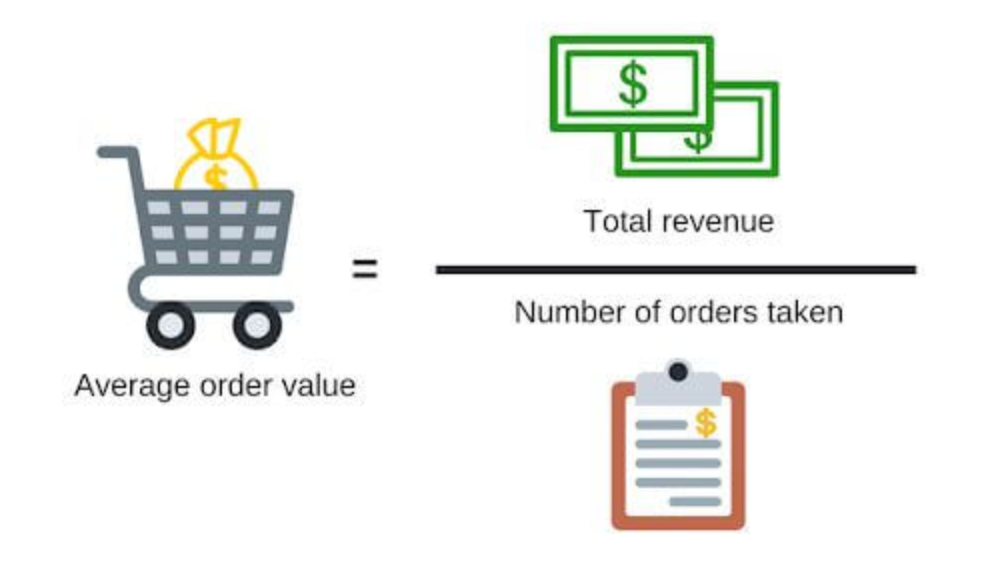
- Definition: The average amount spent by customers per transaction.
- Why Track: Understanding AOV helps tailor pricing strategies and marketing efforts to increase revenue per customer.
- How to Use: Monitor changes in AOV in response to promotions or pricing adjustments.
3. Purchase Frequency
- Definition: The average number of times a customer makes a purchase over a given period.
- Why Track: Assess customer loyalty and the effectiveness of retention strategies.
- How to Use: Combine with other metrics like customer lifetime value (CLV) for comprehensive insights.
4. Customer Lifetime Value (CLV)

- Definition: Predicted net profit attributed to the entire future relationship with a customer.
- Why Track: Helps understand how valuable different customer segments are over time.
- How to Use: Focus on strategies that improve CLV, such as upselling and improved customer service.
5. Cart Abandonment Rate
- Definition: The percentage of shoppers who add items to their cart but do not complete the purchase.
- Why Track: Identifies potential issues in the checkout process or with customer hesitations.
- How to Use: Improve the checkout experience or implement abandoned cart email campaigns.
6. Churn Rate
- Definition: The percentage of customers who stop using your product or service over a specific period.
- Why Track: Indicates customer dissatisfaction or disengagement, impacting long-term revenue.
- How to Use: Implement strategies to reduce churn, such as improving product quality or enhancing customer support.
7. Sales Pipeline Velocity
- Definition: The rate at which leads move through the sales pipeline.
- Why Track: Indicates sales process efficiency and forecast accuracy.
- How to Use: Identify bottlenecks and optimize sales processes to accelerate pipeline velocity.
8. Sales Margin
- Definition: The difference between the cost of goods sold (COGS) and the selling price.
- Why Track: Measures profitability on each sale and informs pricing strategies.
- How to Use: Optimize pricing and negotiate supplier costs to maximize margins.
9. Return on Investment (ROI)
- Definition: The ratio of net profit to the cost of investment.
- Why Track: Evaluate the effectiveness of marketing and sales initiatives.
- How to Use: Allocate resources to activities with the highest ROI to maximize profitability.
10. Sales Growth Rate
- Definition: The percentage increase in sales over a specific period.
- Why Track: These eCommerce KPIs Indicate business expansion and overall performance.
- How to Use: Identify trends and adjust strategies to sustain or accelerate growth.
Marketing Performance KPIs
11. Website Traffic
- Definition: The number of visitors landing on your site from various channels.
- Why Track: Signals how well your marketing efforts are generating interest.
- How to Use: Analyze traffic sources to invest more in high-performing channels.
👉 Read my Tips For Expanding The Reach Of Your Dropshipping Store On Google.
12. Conversion Rate
- Definition: The percentage of website visitors who turn into paying customers.
- Why Track: Evaluate the effectiveness of your website and marketing at converting visitors.
- How to Use: Test different website layouts and calls-to-action (CTAs) to optimize for conversions.
👉 Read about 15 Ways to Double Your Dropshipping Conversion Rate.
13. Customer Acquisition Cost (CAC)
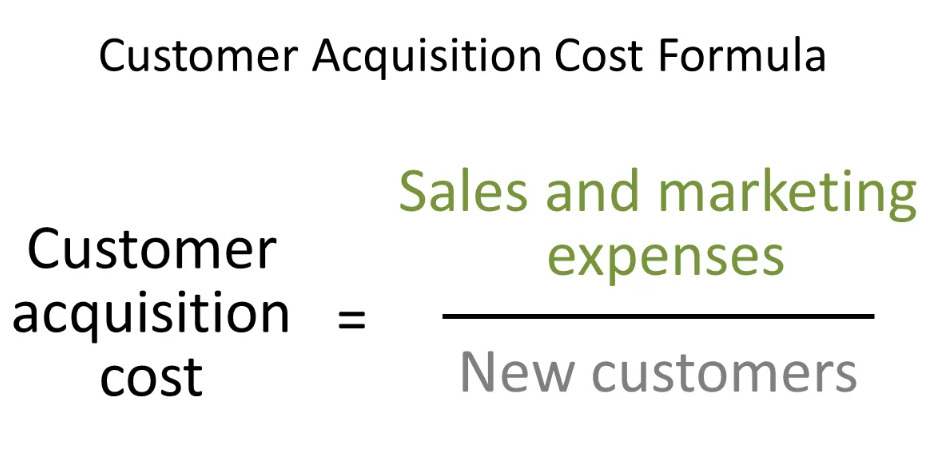
- Definition: The cost associated with acquiring a new customer, including marketing and sales expenses.
- Why Track: Ensures you’re not spending more to acquire a customer than they’re worth over their lifetime relationship with your store.
- How To Use: Aim for a CAC lower than CLV for sustained profitability.
14. Traffic-to-Lead Ratio
- Definition: The rate at which visitors become leads by taking an action such as signing up for a newsletter.
- Why Track: Gauges the effectiveness of initial engagement efforts.
- How To Use: Optimize lead magnets or content offerings based on performance.
15. Lead-to-Customer Ratio
- Definition: Measures how many leads turn into paying customers.
- Why Track: Assesses sales funnel efficiency and qualification processes for leads.
- How To Use: Enhance sales tactics or nurture campaigns for better conversion from leads to sales.
16. Click-Through Rate (CTR)
- Definition: The percentage of users who click on a specific link out of the total number of users who view a page, email, or advertisement.
- Why Track: Indicates the effectiveness of your call-to-action (CTA) and content engagement.
- How to Use: Experiment with different CTAs and messaging to improve CTR.
17. Email Open Rate
- Definition: The percentage of recipients who open an email campaign.
- Why Track: Reflects the effectiveness of subject lines and email content in grabbing attention.
- How to Use: Test subject lines and sender names to optimize open rates.
18. Email Click-Through Rate (ECTR)
- Definition: The percentage of email recipients who click on one or more links contained in an email.
- Why Track: Measures the engagement level and effectiveness of your email campaigns.
- How to Use: Analyze click patterns to tailor content and offers to subscriber interests.
19. Social Media Engagement Rate
- Definition: The total interactions (likes, comments, shares) on your social media content divided by the total number of followers.
- Why Track: Indicates the level of audience interaction and interest in your brand.
- How to Use: Create engaging content and interact with followers to boost engagement.
👉 Check out How To Create a Winning Social Media Marketing Plan For Your Dropshipping Store?
20. Cost per Click (CPC)
- Definition: The amount you pay for each click in a pay-per-click (PPC) advertising campaign.
- Why Track: Assesses the efficiency of your advertising spend in driving traffic to your website.
- How to Use: Optimize ad targeting, keywords, and ad copy to lower CPC and increase ROI.
21. Return on Advertising Spend (ROAS)
- Definition: The ratio of revenue generated to the cost of advertising.
- Why Track: These ecommerce KPIs evaluate the effectiveness of advertising campaigns in driving revenue.
- How to Use: Allocate your budget to campaigns with the highest ROAS to maximize profitability.
22. Social Media Follower Growth Rate
- Definition: The rate at which your social media following increases over time.
- Why Track: Indicates the success of your social media content and engagement strategies.
- How to Use: Experiment with different content formats and posting schedules to attract more followers.
23. Brand Awareness
- Definition: The level of recognition and familiarity consumers have with your brand.
- Why Track: Helps assess the impact of marketing efforts in increasing brand visibility.
- How to Use: Conduct surveys or monitor social media mentions to measure brand awareness.
24. Organic Search Traffic
- Definition: The number of visitors who land on your website through unpaid search results.
- Why Track: Indicates the effectiveness of your SEO efforts in driving organic traffic.
- How to Use: Optimize website content and keywords to improve search engine rankings.
25. Customer Satisfaction Score (CSAT)
- Definition: A metric used to measure how satisfied customers are with your products or services.
- Why Track: Provides insights into customer experience and helps identify areas for improvement.
- How to Use: Collect feedback through surveys or reviews to gauge satisfaction levels and prioritize enhancements.
By keeping these essential ecommerce KPIs under surveillance, you’re equipping yourself with knowledge that’s actionable—no guessing games here, just pure strategy backed by data.
Thus, each metric offers its unique insight into how your dropshipping store is performing, where you can cut back on wasted time, and where you can invest more energy for growth.
How To Effectively Measure and Analyze Ecommerce KPIs in Your Dropshipping Store
Keeping track of your Ecommerce KPIs is essential for any successful dropshipping store.
However, how can you accurately measure these KPIs and gain valuable insights from them? Don’t worry, let’s get into it.
Setting Up Accurate Tracking Tools
First things first, you’ll need the right tools and systems for accurate KPI data collection.
Thus, without a reliable tracking system, your KPI data could be skewed or incomplete, leading to uninformed decisions that may harm your business.
Here are some tools worth considering:
➡ Google Analytics
One of the most robust web analytics platforms available, Google Analytics can help you track various ecommerce metrics such as conversion rate, average order value (AOV), and website traffic sources.

➡ Facebook Pixel
If social media marketing is part of your strategy, Facebook Pixel is a must-have tool.
Hence, it tracks user interactions with your Facebook ads and website, providing valuable data on ad performance and conversion rates.
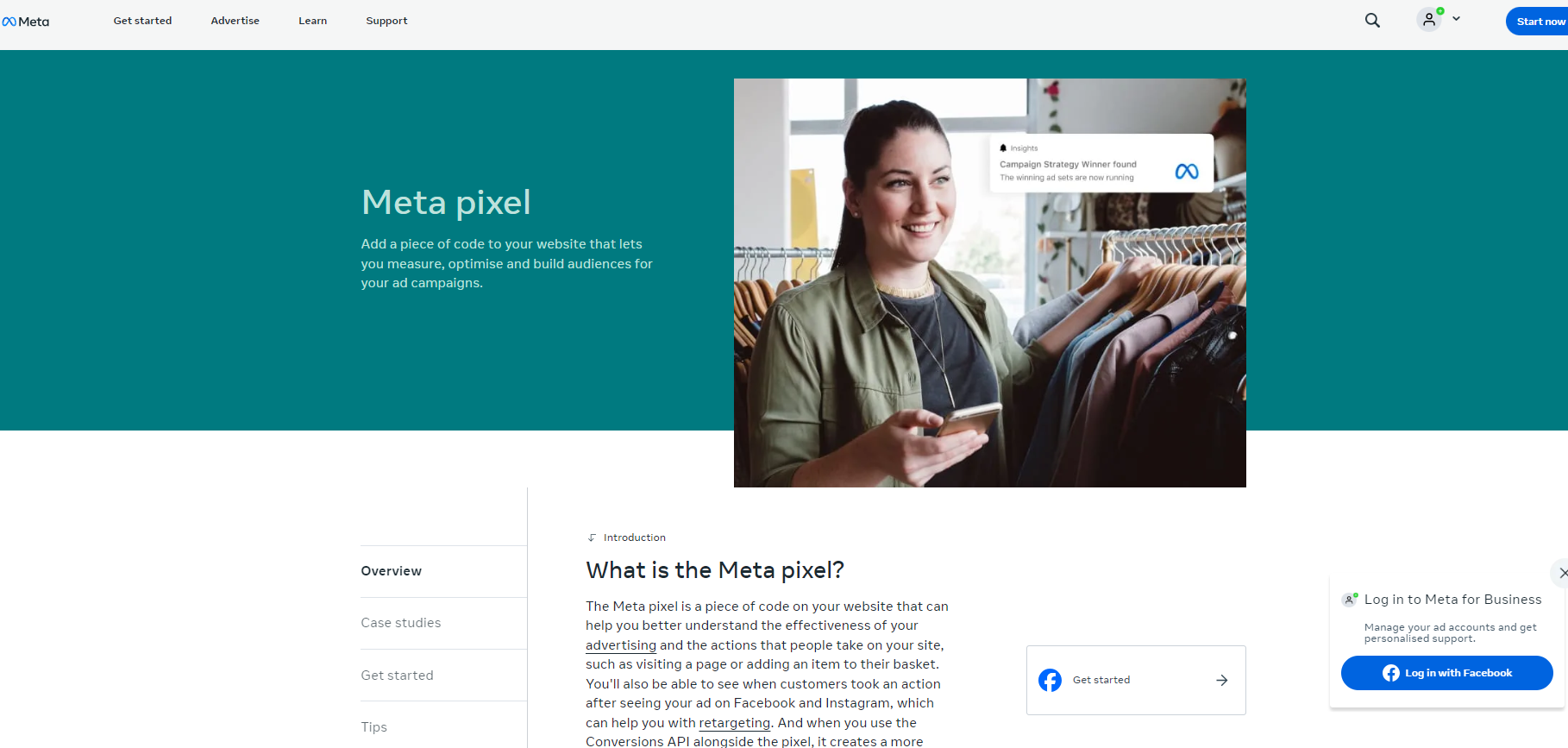
➡ Heatmap Tools
Tools like Crazy Egg or Hotjar provide heatmaps that visually represent user behavior on your site.
Also, this can give you unique insights into how users interact with your website and what might be hindering conversions.
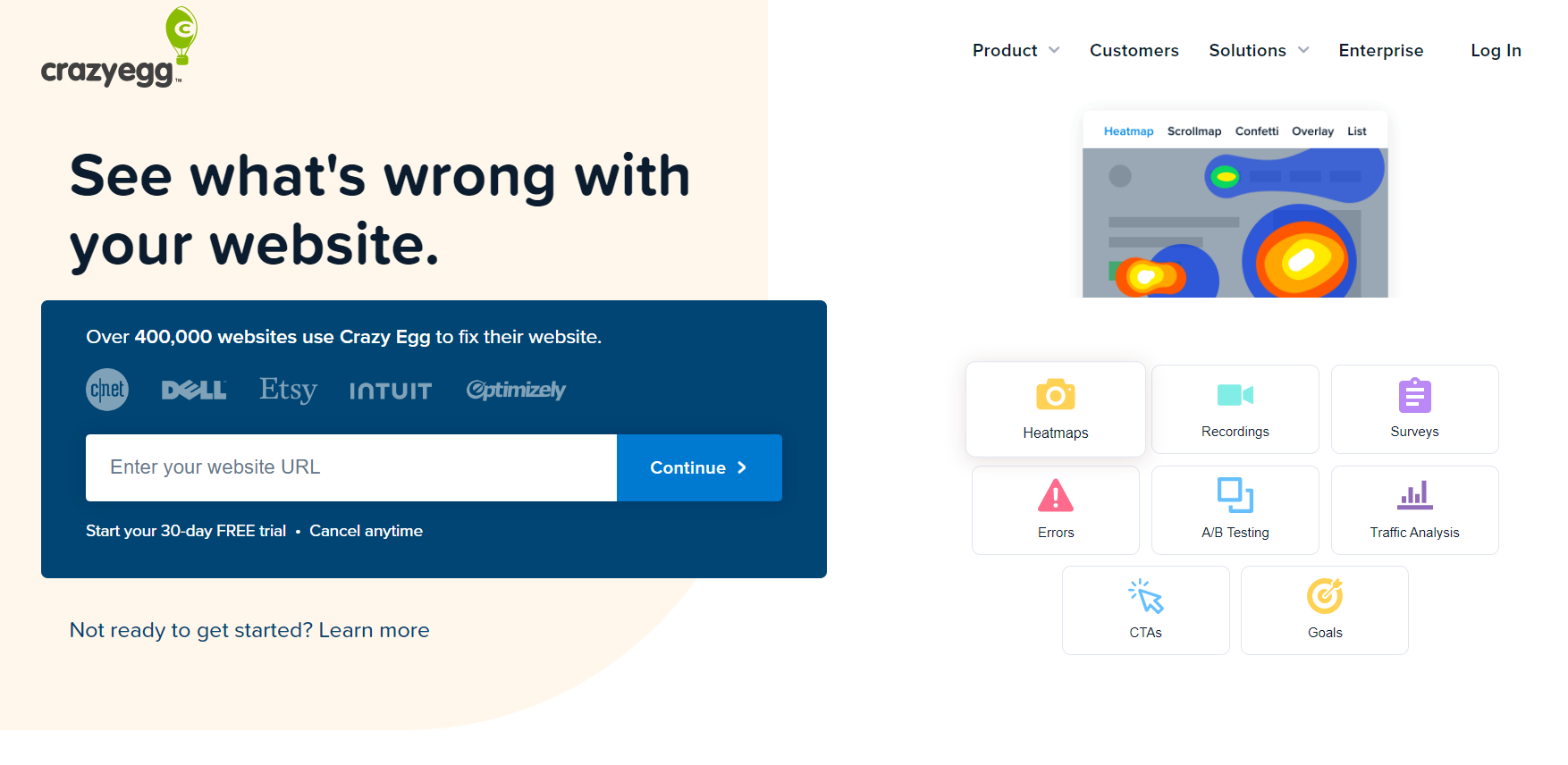
Visualizing Your Ecommerce KPIs
After you’ve gathered all this juicy data, it’s time to make sense of it. Thus, that’s where data visualization techniques come in handy:
- Charts: Use line charts to track trends over time or bar charts to compare different categories or periods.
- Graphs: Scatter plots can help identify correlations between two variables. Pie graphs are great for showing parts of a whole, such as sales by product category.
For example, you can choose and edit templates of charts or graphs on Canva.
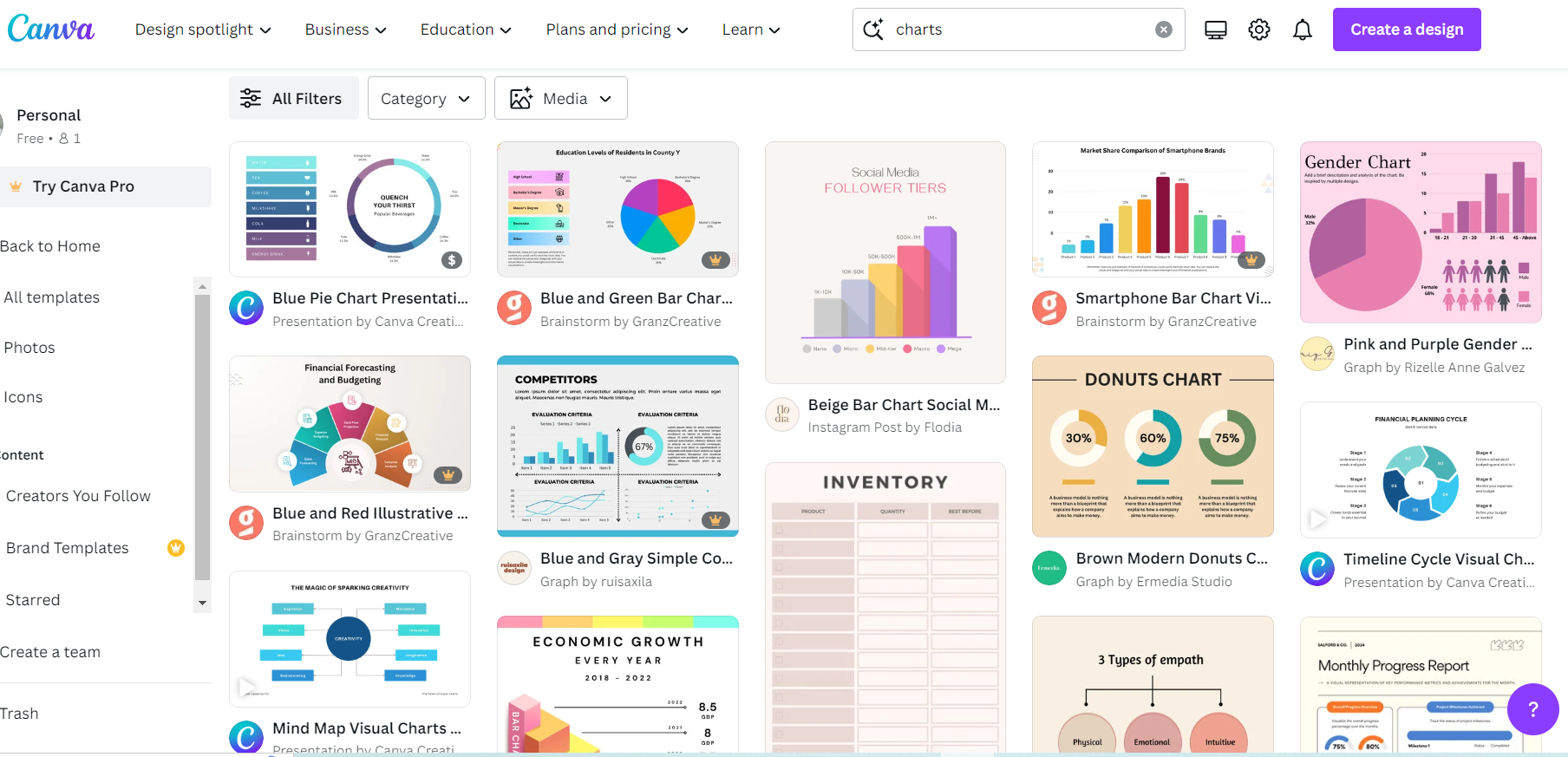
Moreover, Chartify offers a fresh AI approach to showcase your information. Hence, it’s a tool that makes charts for you without any hassle.
Just upload your data files or link them from your online storage, and Chartify will transform them into visually appealing charts automatically.
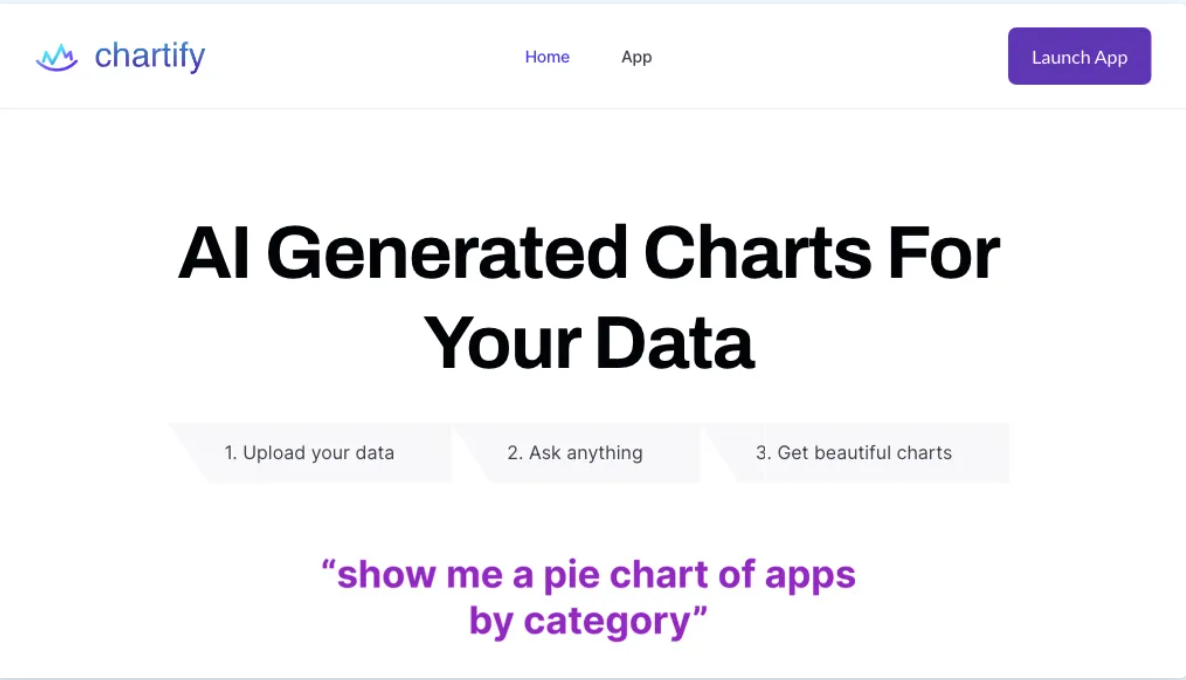
Remember that data visualization isn’t just about making pretty pictures—it’s about turning raw data into meaningful insights that can guide your decisions.
So, don’t waste time on overly complex visuals. In addition, stick to simple, clear graphics that effectively communicate the key points.
Thus, ready to start measuring and analyzing those KPIs? Hence, with the right tools and techniques, you’ll be well on your way to making better data-driven decisions for your dropshipping store.
Case Study: Leveraging Ecommerce KPIs to Drive Success in a Dropshipping Business
Meet Alex
Let’s dive into the tale of one dropshipping entrepreneur and his journey navigating the online business world using Ecommerce KPIs.
Thus, this case study will illustrate how effectively tracking and optimizing key metrics can lead to significant growth.
Meet Alex. A budding entrepreneur who established his dropshipping store selling niche fitness equipment.
Initially, he faced challenges with low conversion rates and customer retention. Furthermore, he realized he needed a more data-driven approach to understand customer behavior and store performance. So, that’s when he began focusing on Ecommerce KPIs.
➡ Conversion Rate Optimization
- Alex noticed that while his website traffic was high, the conversion rate was below industry standards.
- He started A/B testing different site layouts, product descriptions, and call-to-action buttons.
- By tracking this metric regularly, he managed to increase his conversion rate by 35%.
➡ Customer Lifetime Value (CLV)
- By calculating CLV, Alex gained insights into the profitability of his customers over their relationship with his store.
- He implemented retention strategies like loyalty programs and personalized email marketing.
- This effort increased his average CLV by 50%.
The use of these Ecommerce KPIs allowed Alex to understand the areas needing improvement in his dropshipping business.
Hence, his story is just one example of how tracking these metrics equips you with actionable insights to drive your business forward.


Conclusion
The role that ecommerce KPIs play in the success of dropshipping stores is extremely important. These metrics are like a compass that guides your business decisions, helping you improve operations and grow.
Remember, what you measure is what you manage, and with the right KPIs, you can steer your dropshipping business toward success.
Starting to track KPIs may seem overwhelming, but it’s a step worth taking. Therefore, use this opportunity to:
- Gain Insights: Understand your store better.
- Make Better Decisions: Use data to make informed choices.
- Identify Trends: Stay ahead by spotting patterns early.
Thus, consider using platforms like Shopify that have powerful analytics tools to make this process easier. With Shopify’s seamless integration capabilities, you can have a smooth experience while getting valuable insights into your store’s performance.
Also, for those ready to level up their dropshipping game, here’s the message: embrace ecommerce KPIs.
With knowledge and the right tools, you’re on your way to building a successful online business that not only meets but surpasses customer expectations.
Now let’s get into it — track those KPIs, understand them well, and see your dropshipping venture grow!













![The Top 21 3PL Companies Compared [2024 List & Guide]](https://images.weserv.nl/?url=https://prod-dropshipping-s3.s3.fr-par.scw.cloud/2024/03/Frame-3922469.jpg&w=420&q=90&output=webp)